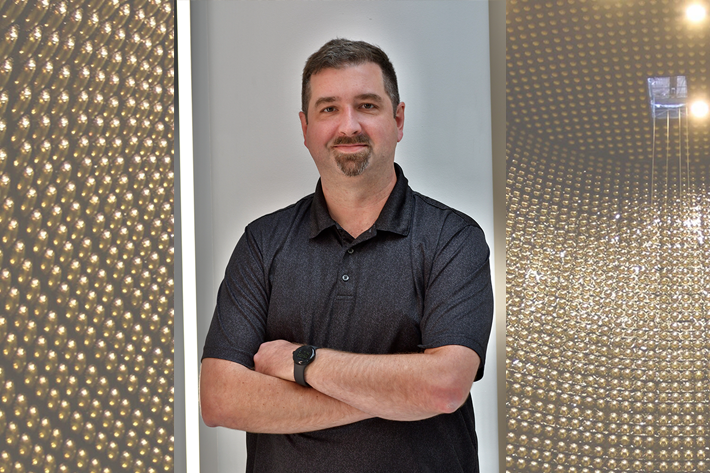Events
Events Calendar
Colloquium: Jie Shan, Cornell University
Thursday, Nov. 18, 2021, 3:35 p.m. through Thursday, Nov. 18, 2021, 4:35 p.m.
via Zoom: https://umn.zoom.us/j/94831171860
Abstract: When two van der Waals materials of slightly different orientations or lattice constants are overlaid, a moiré pattern emerges. The moiré pattern introduces a new length scale, many times the lattice constant of the original materials, for Bragg scattering of Bloch electrons in each layer. This gives rise to moiré minibands and rich emergent quantum phenomena. In this talk, I will discuss recent experiments on angle-aligned semiconductor heterobilayers, which exhibit remarkable correlated insulating states [1,2,3]. I will also discuss the prospect of using moiré superlattices as a quantum simulator. 1. Y. Tang et al., Nature 579, 353-358 (2020).
2. Y. Xu et al., Nature 587, 214–218 (2020).
3. C. Jin et al., Nat. Mater. 20, 940-944 (2021).
Women in Astronomy and Physics Lecture Series (WAPHLS): Cacey Bester, Swarthmore College
Tuesday, Nov. 16, 2021, 5:30 p.m. through Tuesday, Nov. 16, 2021, 6:30 p.m.
Remote talk with viewing party (details below)
Abstract: Examples of granular materials exist in abundance, from rice and cereal to sand and rocks. These particulate systems seem simple; they consist of dry, rigid grains interacting by contact forces. However, granular materials present complexities that are not well-understood, such as disordered force networks that transmit forces among grains and flow behavior that can readily change between solid-like rigidity and fluid-like flow. Impact of a granular target by a solid projectile illustrates both of these aspects. In this talk I will discuss impact experiments in which we use high-speed video photography to probe the unique features of a granular medium.
Zoom and Viewing Party: The speaker will be on Zoom, but WIPA will have a viewing party in Tate 301-20 with coffee, tea, hot chocolate, and stroopwafels. Zoom here: https://sites.google.com/umn.edu/wipaumn/waphls
Colloquium: Looking for new physics with neutrinos
Thursday, Nov. 11, 2021, 3:35 p.m.
B50/remote option (link below)
Looking for new physics with neutrinos: MicroBooNE first results and beyond
Abstract: Pioneering results from the MicroBooNE experiment shed new light on perplexing anomalies observed in short-distance neutrino physics. These new results from MicroBooNE answer some questions and raise others. MicroBooNE has launched us into a new era of liquid-argon-based new physics in the neutrino sector.
Zoom:
https://umn.zoom.us/j/94831171860
Colloquium: NASA's Juno Mission to Jupiter – Extended!
Thursday, Nov. 4, 2021, 3:35 p.m. through Thursday, Nov. 4, 2021, 4:35 p.m.
Remote via Zoom (link below)
Abstract: Juno’s principal goal is to understand the origin and evolution of Jupiter. Underneath its dense cloud cover, Jupiter safeguards secrets to the fundamental processes and conditions that governed our solar system during its formation. As our primary example of a giant planet, Jupiter can also provide critical knowledge for understanding the planetary systems being discovered around other stars. With its suite of science instruments, Juno is investigating the interior structure, mapping Jupiter's intense magnetic field, measuring the distribution of water and ammonia in the deep atmosphere. JUNO is also the first spacecraft to fly over Jupiter’s aurora and measuring both the energetic particles raining down on the planet and the bright “northern & southern lights” they excite. A huge bonus is the small public outreach camera that is taking fantastic images of Jupiter’s beautiful clouds. The images – some science, some art – are processed and shared by the public around the world. NASA’s JUNO mission was launched in August 2011 and has been in orbit over Jupiter’s poles since 4th July 2016. This spring the mission was extended until late 2025. In this talk I will present the main scientific results to date and what we might might expect to come in the extended mission.
About the speaker: Dr. Fran Bagenal is a research scientist and professor at the University of Colorado, Boulder and is co-investigator and team leader of the plasma investigations on NASA’s New Horizons mission to Pluto and the Juno mission to Jupiter. Her main area of expertise is the study of charged particles trapped in planetary magnetic fields and the interaction of plasmas with the atmospheres of planetary objects, particularly in the outer solar system. She edited the monograph Jupiter: Planet, Satellites and Magnetosphere (Cambridge University Press, 2004). Born and raised in the UK, Dr. Bagenal received her bachelor degree in Physics and Geophysics from the University of Lancaster, England, and her doctorate degree in Earth and Planetary Sciences from MIT (Cambridge, Mass) in 1981. She spent five years as a postdoctoral researcher at Imperial College, London, before returning to the United States for research and faculty positions in Boulder, Colorado. She has participated in several of NASA's planetary exploration missions, including Voyager 1 and 2, Galileo, Deep Space 1, New Horizons and Juno.
Public Lecture: New Science from Merging Neutron Stars
Wednesday, Nov. 3, 2021, 7 p.m. through Wednesday, Nov. 3, 2021, 8 p.m.
Coffman Union Theater (with remote option). See registration page.
New Science from Merging Neutron Stars
From the generation of gold to the expansion rate of the Universe: With the detection of compact binary coalescences and their electromagnetic counterparts by gravitational-wave detectors, a new era of multi-messenger astronomy has begun. In this talk, Professor Coughlin will describe how GW170817, our first example in this new class, is being used to study a diverse variety of dense matter in the Universe and how fast the Universe is expanding. He will then discuss how we are using telescopes to look for more of them and developing models to test what we find. Professor Coughlin will close with future prospects for this new field.
Colloquium: Peter Armitage, Johns Hopkins University
Thursday, Oct. 21, 2021, 3:35 p.m. through Thursday, Oct. 21, 2021, 4:35 p.m.
Tate B50/Remote option via zoom
The 1D Ising model is a classical model of great historical significance for both classical and quantum statistical mechanics. Developments in the understanding of the Ising model have fundamentally impacted our knowledge of thermodynamics, critical phenomena, magnetism, conformal quantum field theories, particle physics, and fractionalization in many-body systems. Despite the theoretical impact of the Ising model there have been very few good 1D realizations of it in actual real material systems. However, it has been pointed out recently, that the material CoNb2O6, has a number of features that may make it the most ideal realization we have of the Ising model in one dimension. In this talk I will discuss the surprisingly complex physics resulting in this simple model and review the history of “Ising’s model” from both a scientific and human perspective. In the modern context I will review recent experiments by my group and others on CoNb2O6. In particular I will show how low frequency light in the THz range gives unique insight into the tremendous zoo of phenomena arising in this simple model system.
C. M. Morris, R. Valdés Aguilar, A. Ghosh, S. M. Koohpayeh, J. Krizan, R. J. Cava, O. Tchernyshyov, T. M. McQueen, N. P. Armitage, "A hierarchy of bound states in the 1D ferromagnetic Ising chain CoNb2O6 investigated by high resolution time-domain terahertz spectroscopy", Phys. Rev. Lett. 112, 137403 (2014).
Julia Steinberg, N. P. Armitage, Fabian H. L. Essler, and Subir Sachdev, "NMR relaxation in Ising spin chains", Phys. Rev. B 99, 035156 (2019).
C. M. Morris, Nisheeta Desai, J. Viirok, D. Hüvonen, U. Nagel, T. Rõõm, J. W. Krizan, R. J. Cava, T. M. McQueen, S. M. Koohpayeh, Ribhu K. Kaul, and N. P. Armitage, "Duality and domain wall dynamics in a twisted Kitaev chain", Nat. Phys. 17 832 (2021).
Women in Astronomy and Physics Lecture Series (WAPHLS): Anne Gothmann from St Olaf college
Tuesday, Oct. 19, 2021, 5:30 p.m. through Tuesday, Oct. 19, 2021, 6:30 p.m.
via zoom (link on registration page)
Abstract: Corals skeletons are biologically precipitated minerals, “biominerals”, which have complex growth patterns that are sensitive to climatic and environmental changes. As a result, examination of the material structure of coral skeletons can provide a window into how climate change is impacting corals living in the oceans today, and examination of fossil coral skeletal structure can provide insight into the environmental conditions far back in Earth’s history. My research is aimed at understanding how corals build their skeletons, how coral skeletal structure depends on environmental conditions in seawater, and how environmental signatures are encoded within the crystal structure of corals. Recently, undergraduate researchers in my lab have been using two Scanning Electron Microscope (SEM)-based tools to explore the crystallographic structure of modern and fossil coral skeletons: SEM-Cathodoluminescence imaging and SEM-Electron Backscatter Diffractometry. In this talk, I will discuss the utility of Cathodoluminescence and Electron Backscatter Diffraction for studying crystal structure and composition. I will also present preliminary data from Cathodoluminescence work conducted by undergraduate researchers in my lab.
CSE Lunch/Networking Event on Interviewing and Job Search for Grad Students and Post Docs:
Friday, Oct. 15, 2021, Noon through Friday, Oct. 15, 2021, 1 p.m.
Virtual event via zoom
Colloquium: Driving the first steps of Life in non-equilibrium settings
Thursday, Oct. 14, 2021, 3:35 p.m. through Thursday, Oct. 14, 2021, 4:35 p.m.
B50/Remote option via zoom
Driving the first steps of Life in non-equilibrium settings
Abstract: How could life emerge on the early Earth? Our experiments investigate the first steps of molecular evolution through non-equilibrium experiments. Typically, we use millimeter-scale temperature gradients, including the effects of water-air interfaces, to mimic conditions in early Earth rock pores. In chambers that simulate heated rock pores, the first information containing molecules of life are shuttled back and forth by surface tension, evaporation, the rmophoresis, and gravity. These environments accumulate and select for length, drive strand separation for replication, and offer a continuous supply of fresh molecules while performing wet-dry cycles. Using sequencing, we see how sequence information emerges from randomness by performing very simple ligation reactions. The experiments illuminate the pitfalls to establishing open-ended evolution. In some cases, the studies are accelerated by using proteins, but we are approaching the realistic case of using only RNA. The effort is embedded in an interdisciplinary network to study autocatalytic networks prior to the on set of Darwinian evolution.
Colloquium: The news from the LHCb: flavor anomalies and exotic hadrons
Thursday, Oct. 7, 2021, 3:35 p.m. through Thursday, Oct. 7, 2021, 4:35 p.m.
Tate B50/remote option (link below)
The news from the LHCb: flavor anomalies and exotic hadrons
Abstract: The LHCb experiment is devoted to searches for new types ofinteractions in loop decays of heavy quarks. Recently several studies of b→sll(l=e, μ, or τ leptons) rare decays exhibit tensions between experimentalresults and the Standard Model predictions of branching fractions, angulardistributions and lepton universality. None of these results is significantenough to constitute observation of new physics on their own. The LHCb detectoris being upgraded right now, and next few years should clarify theseobservations. Meanwhile, the LHCb has discovered a number of pentaquark andtetraquark states in decays to , to and , pointing to looselybound hadron-hadron molecular states, as well as tightly bound states by directcolor couplings. This has revitalized hadron spectroscopy. I will discuss theseresults and future prospects.
This colloquium will be held in Tate B50 with a remote option:
https://umn.zoom.us/j/94831171860
School News
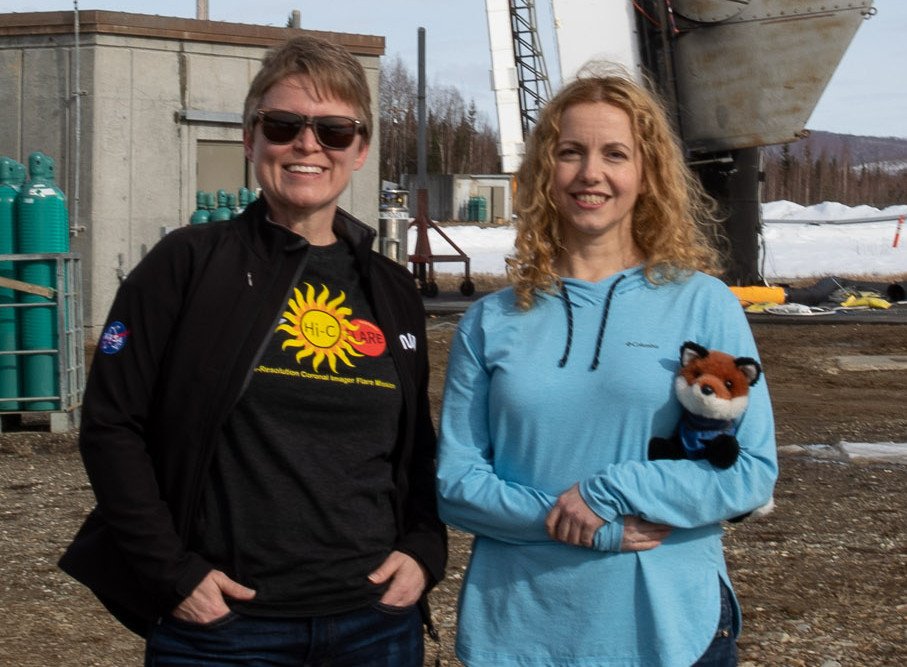
Glesener part of NASA's first solar flare observation campaign
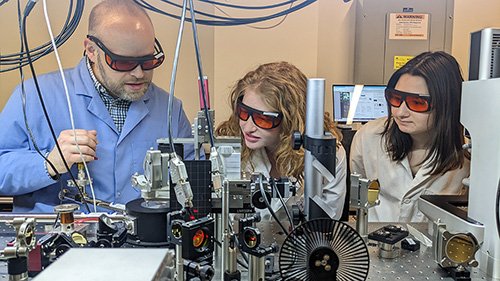
Inside Professor McLeod’s Nano-Imaging Laboratory
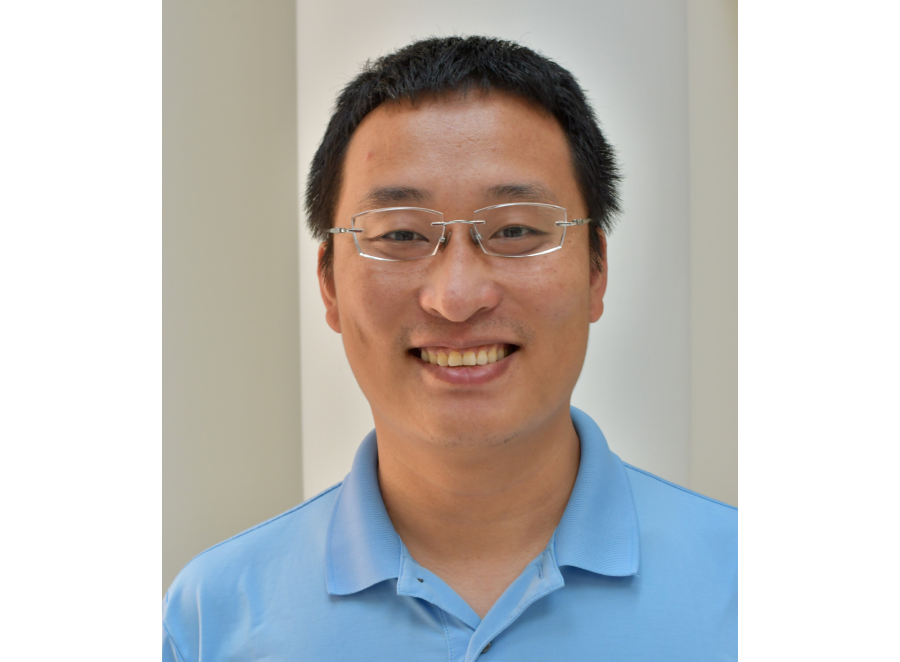
Liu receives prestigious Sloan Research Fellowship for early-career researchers
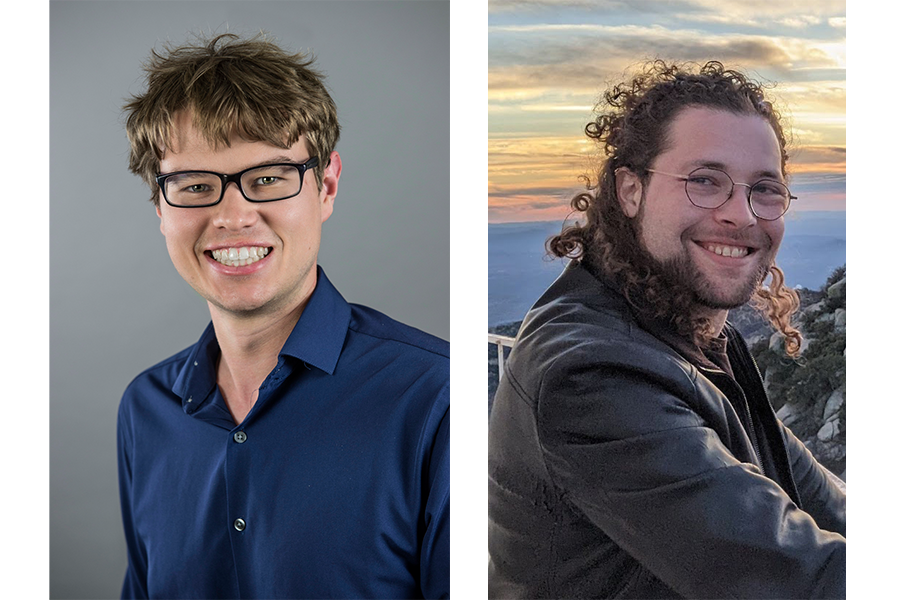
Coughlin and Criswell part of comprehensive UV light survey
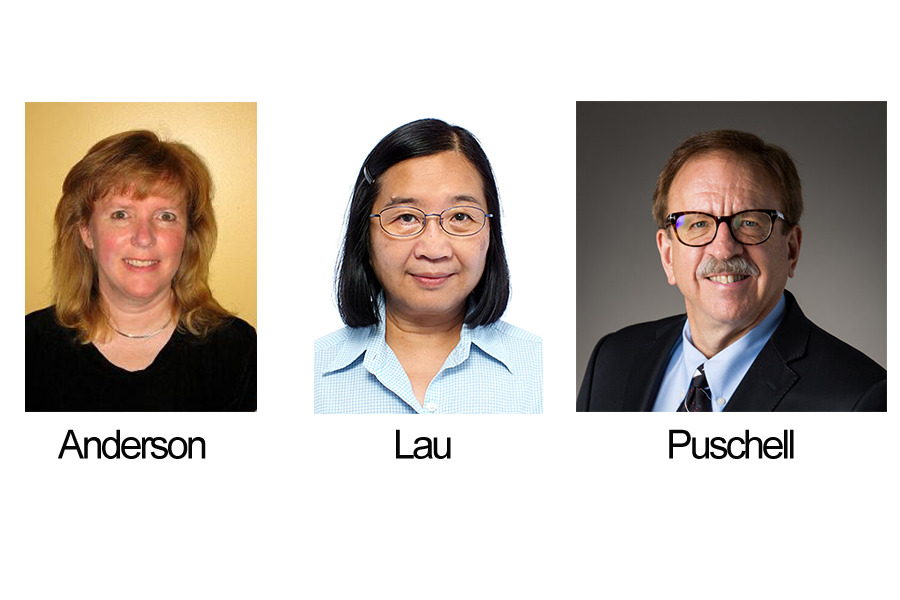
Three School Alumni elected to National Academy of Engineering
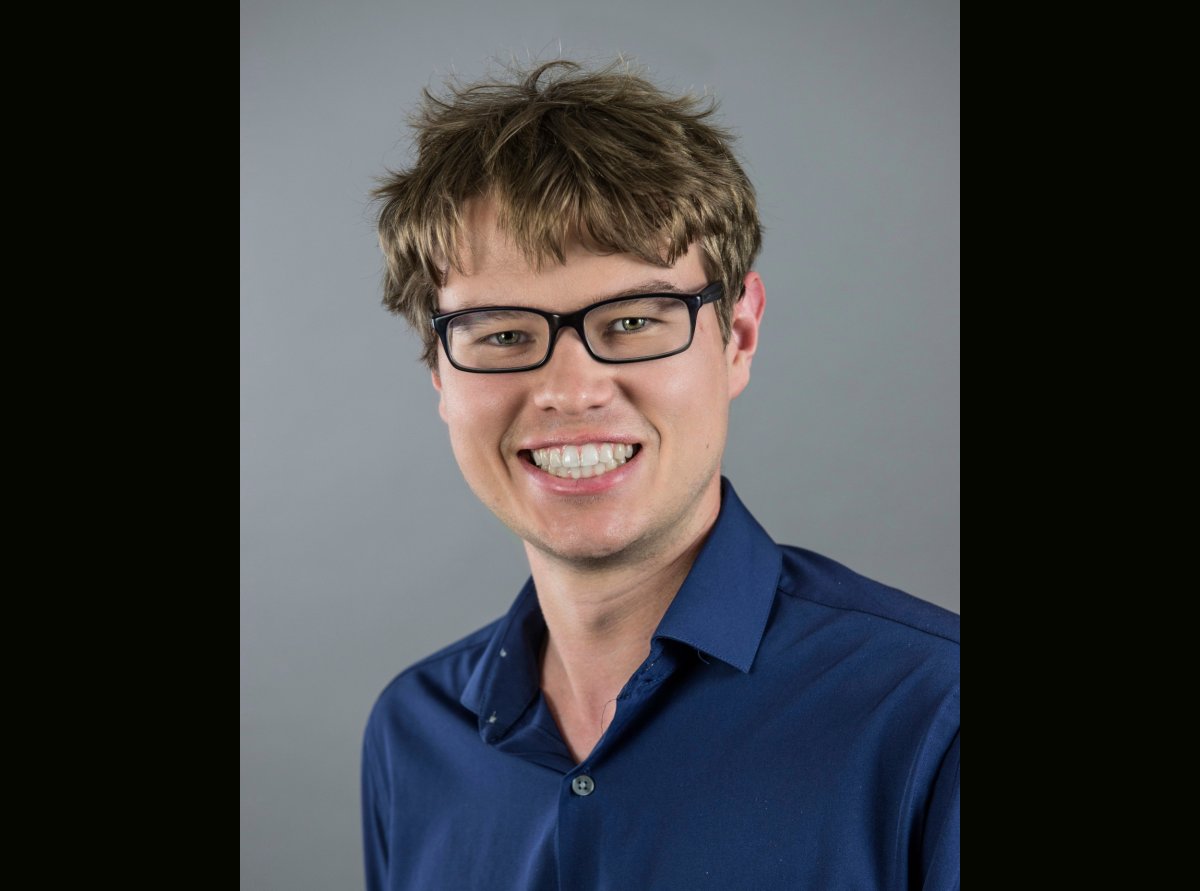
Coughlin receives McKnight Professorship
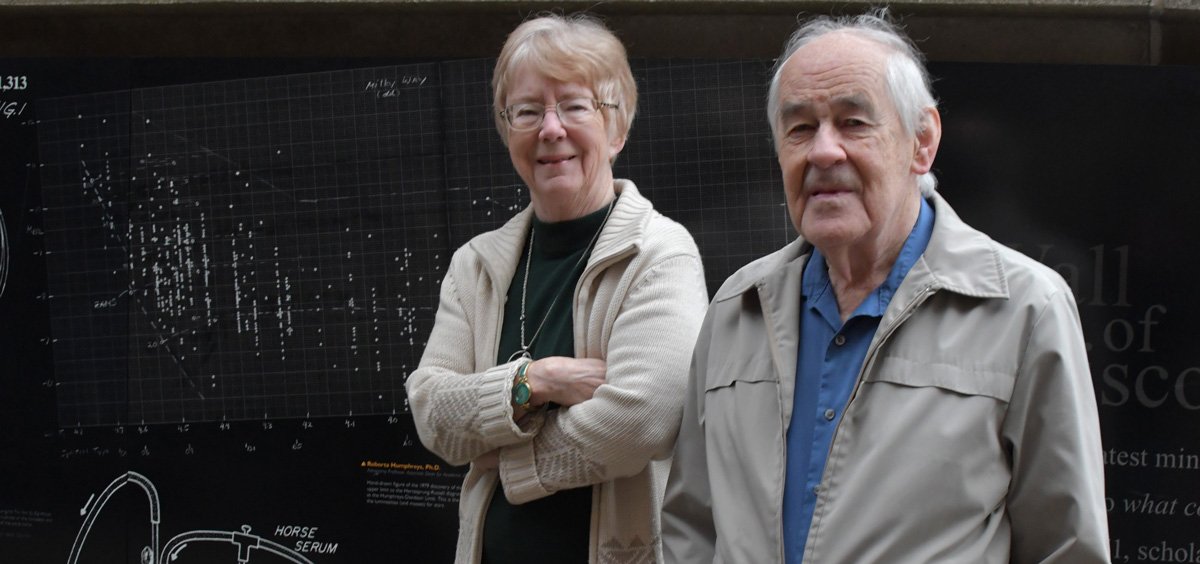
Humphreys Awarded Medal from Royal Astronomical Society
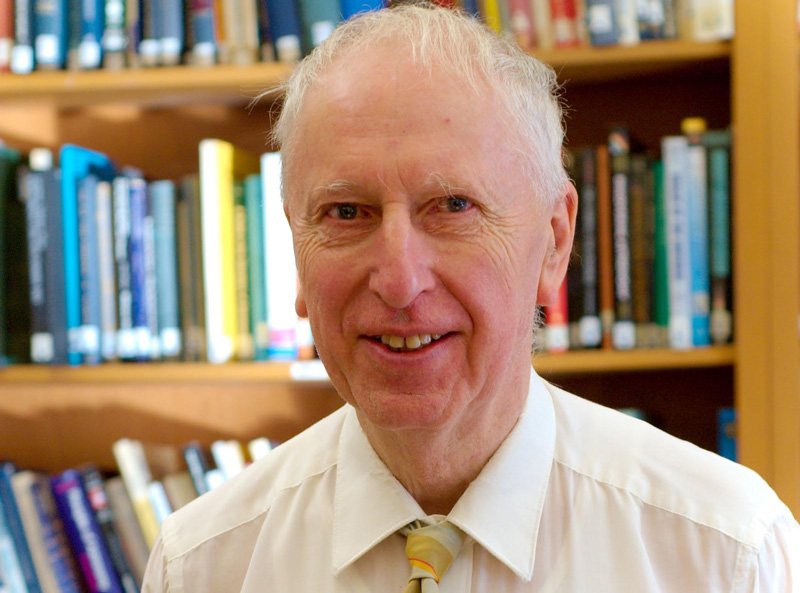
John Broadhurst, 1935 - 2023
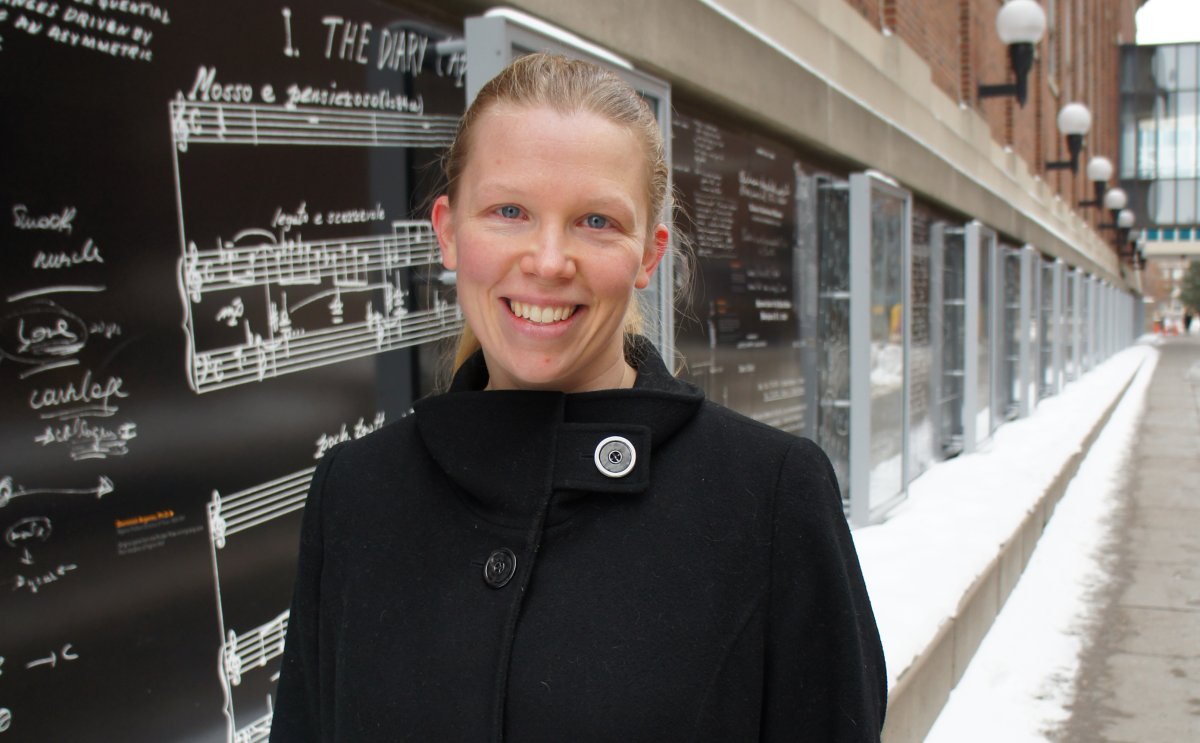
Burnell elected APS Fellow
